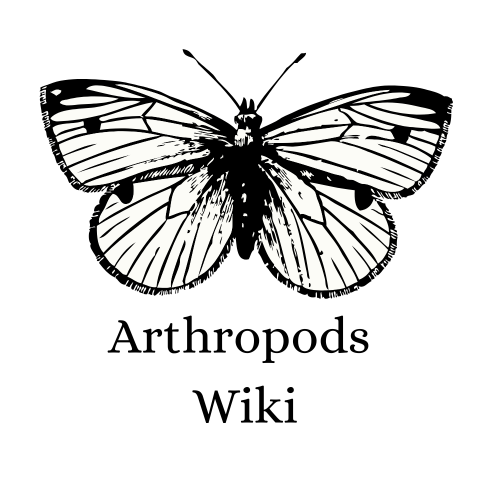| Neobisium maritimum | |||
|---|---|---|---|

| |||
| Nomenclature | |||
| Binomial name | Neobisium maritimum Leach, 1817 | ||
| Common name | Shore Neobisiid | ||
| Other names | Marine pseudoscorpion | ||
| Taxonomy | |||
| Phylum | Arthropoda | ||
| Order | Pseudoscorpiones | ||
| Superfamily | Neobisioidea | ||
| Family | Neobisiidae | ||
| Subfamily | Neobisiinae | ||
| Genus | Neobisium | ||
| Species | Neobisium maritimum | ||
| Conservation status | Not Evaluated | ||
Neobisium maritimum, also known as shore neobisiid[1] or marine pseudoscorpion is a species of intertidal pseudoscorpion native to Ireland, England, and France. It belongs to the Pseudoscorpiones order and the Neobisiidae family.
Morphology[]
The pseudoscorpion is quite minute reaching between 3.2-5 mm in length with greenish-brown tinged legs, rich olive-brown pedipalps and an overall ovate, pear-shaped body.[2] N. maritimum has venom gland-bearing chelae which conduct venom through a venom duct, which is released through a venom-duct opening at a small “tooth” present of the movable “finger” of the claw.[3] the pseudoscorpion also has two pairs of simple eyes positioned on the cephalothorax.[4]
Ecology[]
N. maritimum is quite a peculiar and unique anomaly among pseudoscorpions, this is mainly as a result of their lives being closely associated and linked with intertidal and splash zones, N. maritimum primarily inhabits rocky shoreline areas, living within the crevices of rocks which decorate the barren landscape of the shorelines. This unique lifestyle leaves the arachnid exposed to unfavourable environmental elements, as such, N. maritimum has a few astounding qualities which aid its survival, some of which are listed below.
Silk chamber[]
Usage of silk for ecdysis (moulting), mating and overwintering is universal to all species of pseudoscorpions, N. maritimum also uses the silk to aiding their development and survival against the odds presented to the species in the form of various natural elements. The pseudoscorpion builds a silken chamber, through silk exuded by opening in the chelicerae, the silken chamber acts as an external “gill” when the tide floods the shoreline which the pseudoscorpion calls home, Carbon Dioxide is dissolved into the water while oxygen is diffused into the silken chamber[3]In addition to that, a female will take refuge in the silken chamber after fertilisation, occasionally remaining in the chamber until the young nymphs emerge.[3]
Hunting and feeding[]
N. maritimum primary uses its venomous pedipalps for prey immobilisation. The prey is seized within the chelae (movable claw) while the allowing the poison tooth to penetrate the prey’s exoskeleton, which usually comes in the form of shore-dwelling invertebrates such as collembolans and beach hoppers. The venom subdues the prey, the pseudoscorpion then exudes a mildly corrosive viscous liquid which liquefies the prey allowing the arachnid to consume the liquid remains.[3]
Distribution[]
Geographical range[]
In Europe, Neobisium maritimum has been recorded on the Atlantic coasts of Ireland, England and western France, There are scattered records of the species in south west Cornwall, south west Wales, the Isle of Man, the Isle of Wight, Anglesey and the coasts of Ireland.[4]
Habitat[]
N. maritimum is found in rock crevices and under stones from the top of the upper shore and in the splash zone, down into the Ascophyllum zone.[1]
